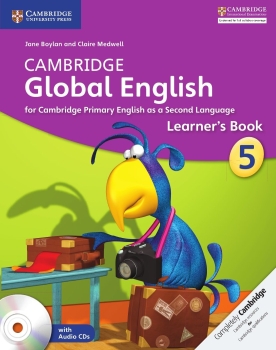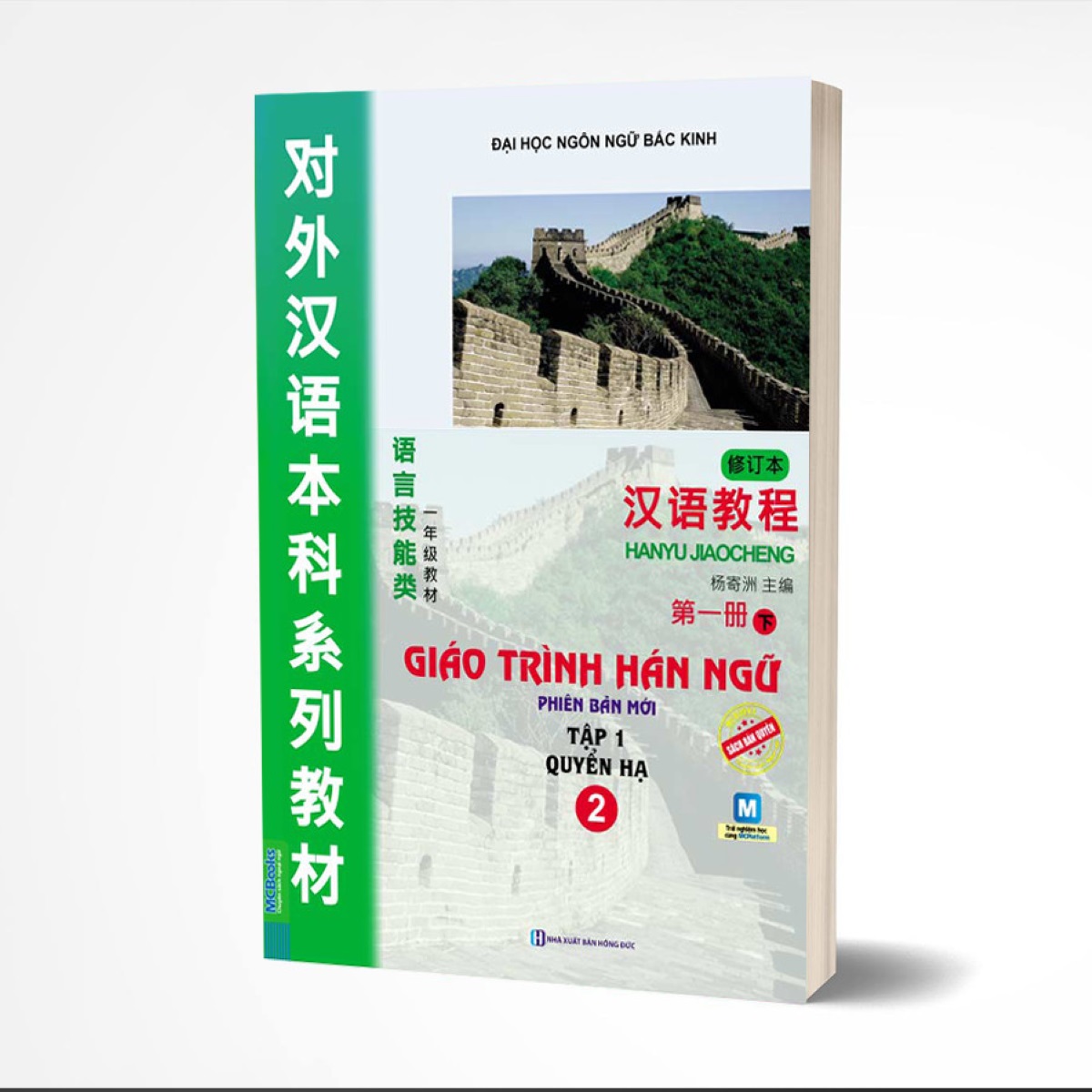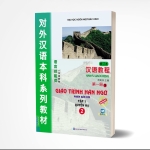Chinese course 2
Elementary Chinese level: Learn pronunciation, learn new words, learn writing, learn grammar, read Chinese...
Number of hours: 60 hours/ 12 weeks (each lesson is 2 hours)
Learning format: online
Number of students: from 10 people.
Teachers: many years of experience teaching at universities.
Structure of Chinese Textbook Volume 2
Chinese Textbook Volume 2 has a total of 15 lessons. Each lesson includes the following basic parts:
- New vocabulary: Each lesson provides about 20 to 30 new words, including word types, pronunciation (pinyin), and meanings. Vocabulary is selected according to common daily communication topics.
- Grammar and sentence structure: Lessons focus on introducing and explaining important grammar points such as word order in sentences, the use of conjunctions, negative structures, questions, conditionals, etc.
- Conversations: Each lesson has a short dialogue or passage, helping students get familiar with the use of vocabulary and grammar in real-life communication contexts.
- Exercises: Various exercises such as filling in the blanks, translating sentences, arranging words into complete sentences, answering questions, and other activities help reinforce grammar and vocabulary knowledge.
- Review section: After some lessons, there will be a review section, helping students consolidate and systematize the knowledge they have learned.
Key Grammar Points in Chinese Textbook Volume 2
The grammar in Chinese Textbook Volume 2 focuses on expanding and consolidating the basic grammar points learned in Volume 1, while introducing new grammar structures, helping learners improve their communication skills in real-life situations.
Here are the key grammar points covered in Chinese Textbook Volume 2:
- Types of negative sentences: How to use “不” (bù) and “没” (méi) to negate.
- Questions with “吗” (ma) and choice questions: How to ask yes/no and choice questions.
- Clutch verbs: An introduction to clutch verbs and how to use them.
- The “了” (le) structure: How to use “了” to express a change of state or a completed action.
- Prepositions of direction: Introduces how to use words of direction and location.
- Comparative sentences: How to use “比” (bǐ) to create a comparison between two things or events.
- Verb-predicate sentences: Use verbs in the predicate and how they change in the sentence when adding complements.










